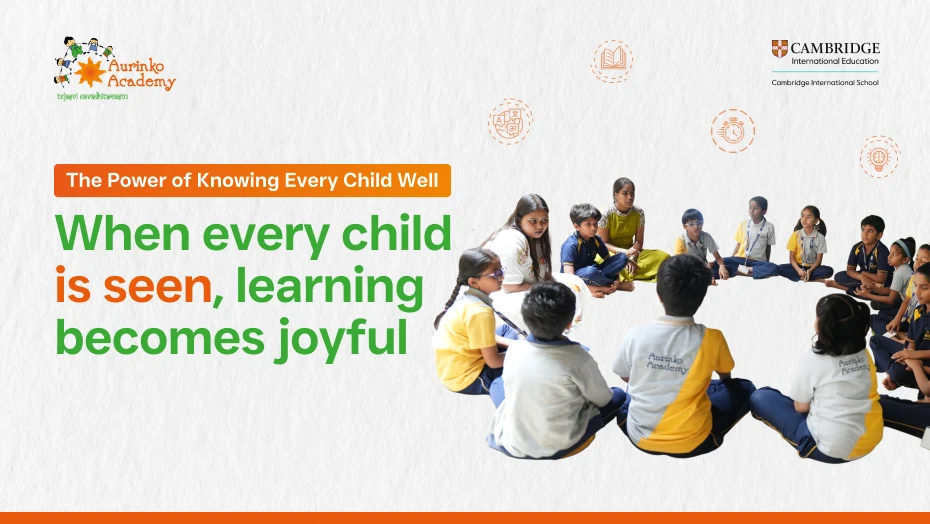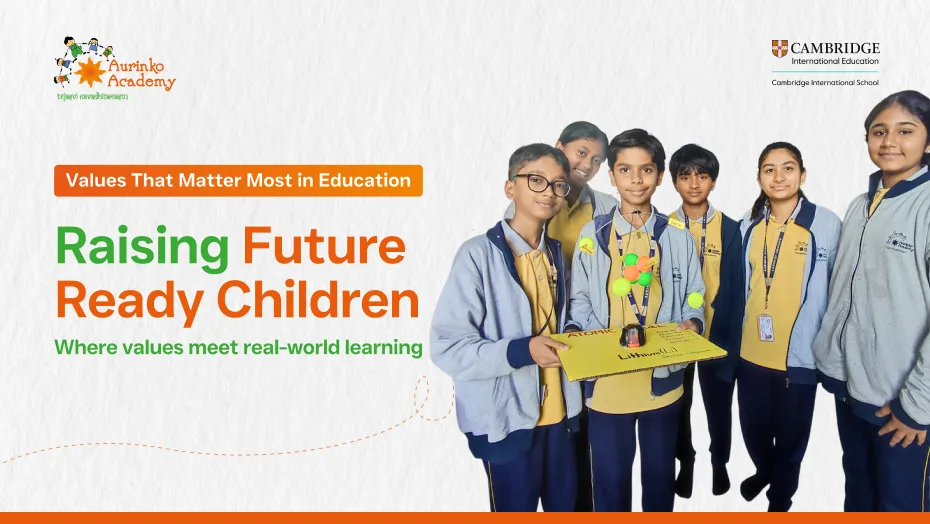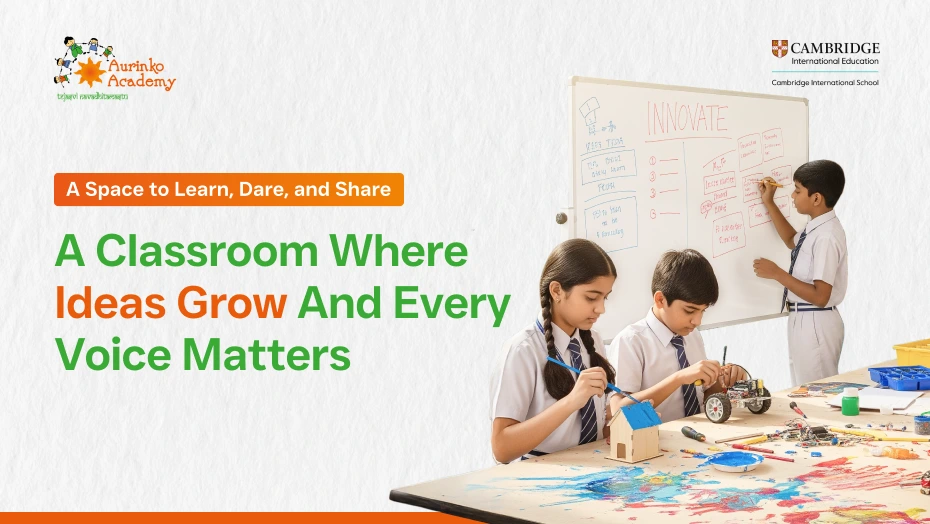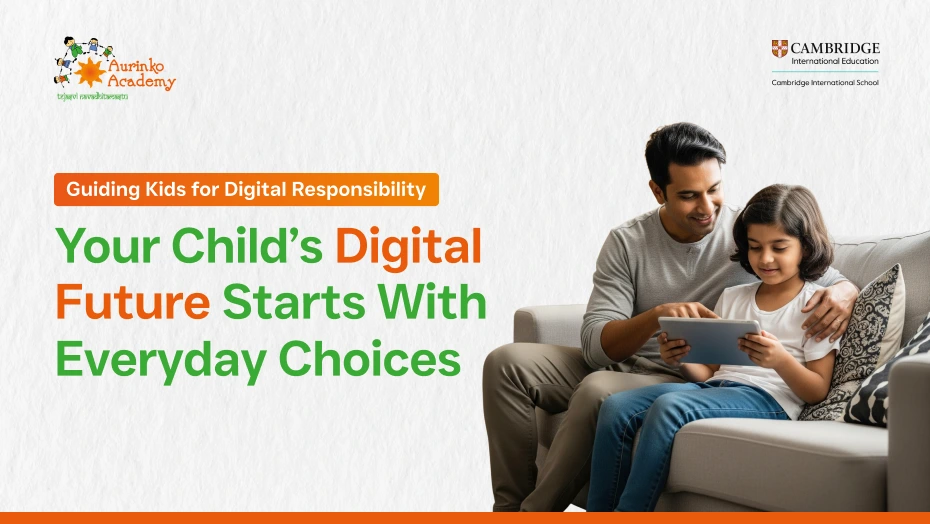Chaitali Dasgupta – https://my-thoughtful-moments.blogspot.com/2020/09/unboxing-learning.html

Integrated learning… what does it really mean? In layman term – when learning is not boxed or bound by boundaries but involves merging of boundaries, issues, topics, subjects. It brings together different subjects/topics together in such a way that our learning happens simultaneously on different yet related ways. So, for instance, if I am learning about volume, I can integrate it with knowing about the geography of water bodies, about the science of water cycle, about the engineering of boats and ships about the art of water colours and mixing of colours, about the proportion of water to clay in pottery, about the poem of seasons.
I have seen how enriching, wholesome and fun integrated learning can be. Why? Because it weaves together seemingly separate topics into a more comprehensive method of learning.
A couple of months back a friend posted on FB how Crochet is a great medium for learning basic maths and geometry. The right calculation of stitches- counting, adding, subtracting, dividing, multiplying- helps make the perfect geometrical shapes. So, for a child or even an adult interested in Crochet, it is a great medium for learning maths and geometry. Small kids can be taught patterns and sequences through Crochet. The Waldorf Steiner method of education uses crochet as a part of its learning process.
Rangoli too can teach symmetry and geometry. I saw my neighbour from Bangalore start her daily morning ritual with a rangoli. First, she would distribute the dots equally to form a square, rectangle or circle and then she would start interconnecting them with strokes, waves, loops and lines. The dots laid out the geometrical base followed by the symmetrical design. Wow! Power packed math and designing right there!
My kids love baking. Initially I used to give them the measured ingredients. Then when I saw that my older daughter is being introduced to fractions in school, I used this as an opportunity to add my bit in helping her use the concept of fraction practically. And what other better way than using her interest in baking to bring this about. 1 cup, ½ cup was easy to begin with. Then came ¼, ¾, two-thirds which needed some calculation if the measuring cups were missing! Which in our case was! I grabbed this opportunity and we had a small math class in the kitchen to figure out how we can do these measurements. Now she is comfortable with her fractions be it in recipes or school.
Integrated learning can be followed in many ways. In my daughter’s previous school Aurinko Academy in Bangalore, she experienced the most fascinating way of learning English language through theatre. Performing in a theatre didn’t mean just learning the dialogues and acting but it involved writing scripts…writing scripts involved learning direct and indirect speech, punctuation, creative writing, reciting and voice modulation. Children first prepared short stories, converted them into scripts, some comic, some tragic, some adventurous, some science fiction. Then they graduated to dialogues, stage timings and finally performance. What a wholesome way of learning and bringing ones learning to an end product. In this one experience I saw my daughter’s confidence level just sky rocketed. The whole process gave her personality a boost. She was a complete participant from the beginning to the end, from the learning, knowing, doing to the making and performing.
As a parent I am always seeking appropriate opportunities where I can integrate play and learning. In the case of my 5-year-old it is mostly while playing that I try and steal in some fun learning. She loves to sort. So, we sort a lot! If I am assembling something, I ask her to sort the different parts, the nuts and bolts. If it’s cleaning up the stationary shelf, then I ask her to sort the working sketch pens and the non-working sketch pens or the wet paints from the dried-up paints. She enjoys it! The learning… getting to know what organising things is all about.
Recently we sorted some of our all jumbled up Lego sets. It involved identifying and counting the number of pieces, sorting them by shape, size, colour and of course lots of patience. It was not just about shapes, numbers and size but also about stimulating the brain. It’s like giving the brain fodder to chew on! So many things were happening at the same time…just like the theatre preparations. She was counting, tallying the pieces with the instruction book, sifting through the pile, feeling elated on finding the right piece and getting frustrated at not, patiently staring at the pile to spot the piece in question (as my little one put it!). And finally, at the end of it all sitting down to build the set… the end product of all the hard work.
Here is another interesting way of integrating a subject like geography with art. A teacher in my daughter’s school in Hyderabad has made geography fun to learn. She asks her students to use art or craft, 3D modules, to recreate what they have understood. Children are learning about land forms through rock painting, clay modelling, collage making. They are learning about civilizations through 3D models, Ancient Egyptian-art book dividers! Getting to learn geography along with different art forms. And yet again a beautiful end product!
My niece and nephew, who are un-schoolers, are learning the Japanese language. But they are not just learning reading and writing the language. They are getting to know about Japanese culinary, how to cook Japanese food, how to use the chopstick; they are getting to learn about the famous Japanese anime films and the illustrators; they are learning about the Japanese traditional dress Kimono. Their learning of Japanese is accompanied by getting to know about Japanese art and dance forms, the Japanese culture of sitting on the floor and having a meal. Isn’t this real learning?
Boxed learning can be very stifling. Children enjoy when they are active participants in the entire learning process and not when they are passive learners. I have seen my children feel excited when they are able to give their learning a solid form or convert it into an end product. The end product can be a sorted stationery cupboard and toys to a visual representation of history, to a poem or meme on algebra or to a musical on the creation of earth. There are innumerable combinations that can be done if only we unbox learning.






